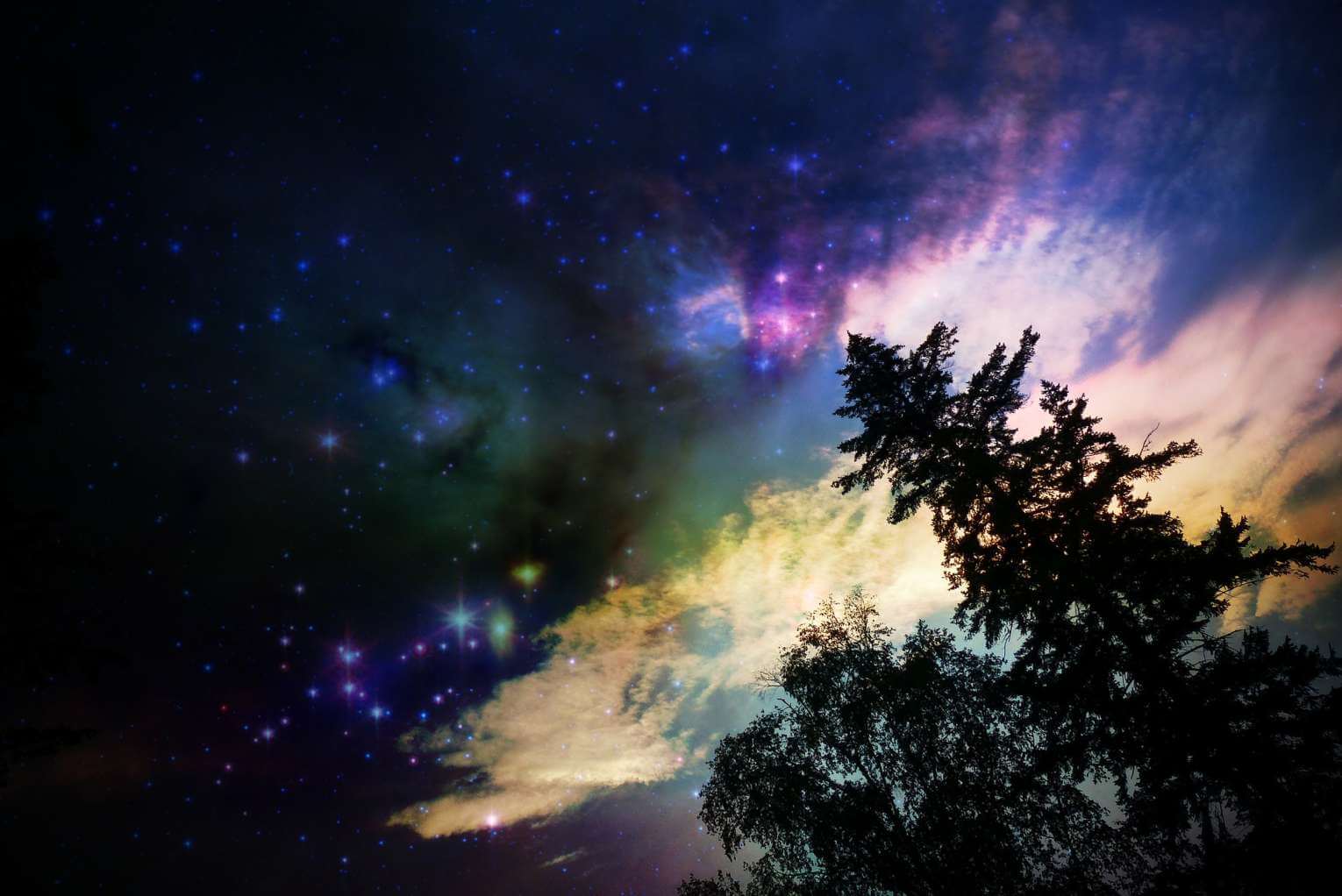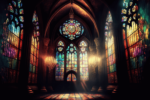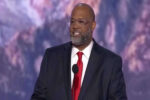This is part one of a two-part article. Find part two at this link.
The word “liturgy” originates from the Greek term leitourgia, which means “public service” or “work of the people.” While it is most commonly associated with religious worship, particularly the structured form of public worship in Christian contexts, the concept can be extended to a broader real-world sense.
In a religious setting, “liturgy” refers to the set form of rites and rituals prescribed for public worship in various religious traditions.
In a broader, secular context, the word takes on a metaphorical role, referring to any prescribed routine or set of practices performed by a community. This can include inaugurations, commemoration events, national celebrations, traditional dances, festivals or culinary practices regularly observed at community gatherings.
Amazingly, God originally designed the cosmos to function liturgically as a massive temple in which He could dwell with His creation, with humans as His image bearers. Every temple has images of the deities (in this case, humans; Gen. 1:26) replete with liturgies. This implies that Genesis 1 is not merely a scientific explanation of beginnings but the inspired recollection of the first cosmic worship service.
The concept of the universe being created as a cosmic temple is a significant theme in Old Testament theology, particularly evident in the creation narratives. Each day of creation parallels the steps taken in dedicating a temple, where God is systematically ordering chaos into a cosmos, much like how a sacred space is arranged for worship. The culmination of this process is the seventh day, the Sabbath, which God sanctifies. This day of rest can be seen as akin to God taking residence in His temple.
“He built his sanctuary like the high heavens, like the earth, which he has founded forever” (Ps. 78:69, ESV).
Breaking news, Spirit-filled stories. Subscribe to Charisma on YouTube now!
Psalm 132:13-14 speaks of Zion as God’s resting place forever, where He desires to dwell, reinforcing the idea of the cosmos as a space designed for God’s presence.
Furthermore, the tabernacle of Moses is portrayed as a microcosm of the cosmos. For example, the materials used (gold, blue, purple, scarlet fabrics and fine linen) and the construction of the tabernacle reflect the ordering and the resplendent beauty of the cosmos in Genesis.
Isaiah 66:1-2 speaks of God’s transcendence and immanence, stating that heaven is His throne and the earth is His footstool. Such imagery suggests that the entire cosmos is His temple.
The Created Order as Divine Liturgy
As stated in Genesis 1, the structure and routine of creation can be seen as liturgy, where God methodically sets the order of the cosmos through a series of acts performed over six days, culminating in a day of rest. This narrative establishes the physical aspects of the universe and sets a foundational rhythm and order that reflects God’s sovereignty and creative intention. Each day’s activities are carried out deliberately, emphasizing regularity and purpose, similar to liturgical acts in a worship setting.
Day 1: The separation of light and darkness.
Day 2: The separation of waters to create the sky and waters.
Day 3: The development of the land, seas and vegetation.
Day 4: Sun, moon and stars. (Here, God establishes the celestial timekeepers, crucial for the liturgical calendar in religious practices, which are often governed by lunar or solar cycles.)
Day 5: Fish and birds. (This demonstrates a continuation of ordering the world by filling it with life, as well as reflecting diversity within created order.)
Day 6: Land animals and humankind. (Humans were given responsibility for stewardship, mirroring the liturgical role of priests who oversee sacred rites.)
Day 7: Sabbath of rest. (This established a pattern of work and rest, central to human rhythms and liturgical practices.)
Hence, in this “liturgical” setup, each act of creation by God is like a movement in a symphony, carefully placed to bring about a harmonious universe governed by laws and rhythms that reflect divine wisdom as well as a sacred ritual. This illustrates how creation itself is an act of divine worship, establishing routines and ceremonies that mirror sacred practices in a temple.
Join Charisma Magazine Online to follow everything the Holy Spirit is doing around the world!
Dr. Joseph Mattera is an internationally known author, consultant and theologian whose mission is to influence leaders who influence culture. He is the founding pastor of Resurrection Church and leads several organizations, including the U.S. Coalition of Apostolic Leaders and Christ Covenant Coalition.






Leave a Comment
You must be logged in to post a comment.